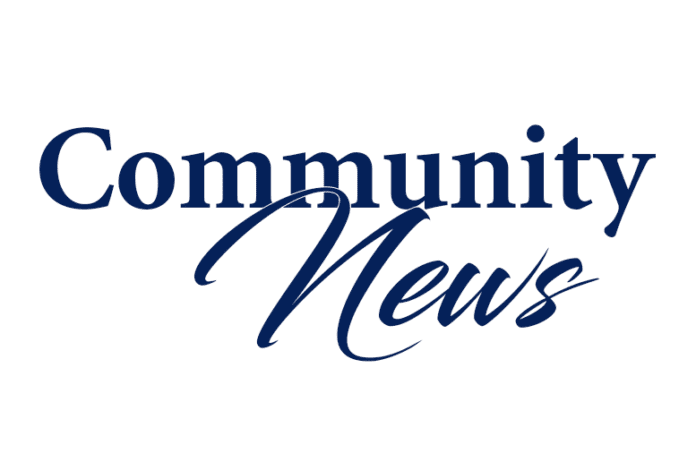The battle to fulfill promises made to South Dade in area of mass transportation continues to rage.
At the heart of the argument is the idea that the South Dade Busway (which at the initiative of Commissioner Daniella Levine-Cava is expected to be renamed “South Dade Transitway”) does not project sufficient ridership to warrant federal funding assistance.
This is what the bureaucrats tell us, and in the main it reflects the view of federal transit authorities.
The problem with this approach is that it bases ridership projections entirely on demographics. Transit administrators analyze the number of residents, commuters, businesses, and historical traffic data.
I don’t agree with that analysis. After giving the above conventional wisdom a lot of thought, I came up with four factors that the bureaucracy ignores. I believe that, taken together, they provide a higher correlation to ridership projections than simple demographics.
The four factors are:
• Speed of service;
• User fee (fare);
• Attractiveness of the transit vehicle, and
• Quality of available alternatives.
Let me illustrate how just one of the above factors can correlate to ridership. I will do so with a true story.
It happened in the late 1980s when I was mayor of Miami. The federal Urban Mass Transit Authority (UMTA) was holding hearings in Miami on the viability of the Metromover system. Their cost-benefit analysis suggested that each passenger mile would cost $14 (equivalent today to about $30) and was thus cost-prohibitive.
I obtained approval from County Mayor Stephen P. Clark to represent both the city and the county before the UMTA panel. In my testimony, I accepted UMTA’s analysis of cost, but argued that the numerator in the equation (ridership) was off by a full order of magnitude. In other words, I argued that ridership estimates fell short of my projections by a factor of 10.
I don’t remember what exact qualitative or quantitative models I used in my analysis, but I do remember one of my staff asking me where I obtained the factor of 10. I looked around to make sure that no one was watching and made a gesture that showed I had “pulled it out of mid-air.”
Today, thanks to my “guestimate” on ridership and to the fact that the system is free, Metromover stands out as the most successful link in our mass transit system, with 10 million passengers a year. The reason is clear: It is free, which means not only that there is no economic deterrent to using it, but also there is no psychological deterrent from having to plan ahead to buy a token or ticket of any kind.
Metromover is the best example of the attractiveness of a vehicle and ease of access. When they are well maintained and monitored by electronic surveillance, Metromover cars are safe and welcoming to habitual users, first-time users, and visitors.
Ideally, in the South Dade corridor we would replace the busway with an elevated rail system that could travel from Florida City to downtown Miami in 40 minutes or so.
In that connection, I am reminded of an anecdote that Florida City Mayor Otis Wallace always tells us: that his son uses mass transit to commute from Florida City to downtown, which actually takes him longer than to travel by car from Florida City to Fort Pierce. Elevated rail makes it possible to reduce the time to about half.
In summary, we have heard from leaders in South Dade, and their input clearly and emphatically tells us that they don’t want an expansion of the bus system; they want light rail.
As we move forward in fulfilling a promise that was made in 2002 when the one-penny sales tax was approved, we need to keep in mind the above-mentioned factors and anecdotal narratives. If we do so, we can convince the federal and state governments that the ridership will justify the expense.
Additionally, I wish to thank the five mayors (Lerner, Flinn, Bell, Porter, and Wallace) as well as State Representative Kionne McGhee and State Senators Flores, Diaz de la Portilla, and Bullard for their leadership in this matter.
Rail service to South Dade will happen, and soon!






